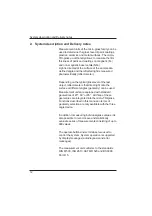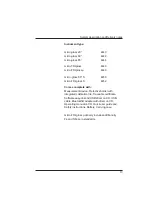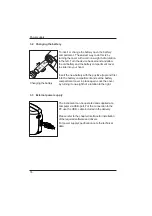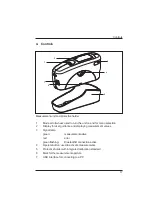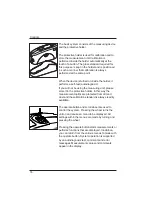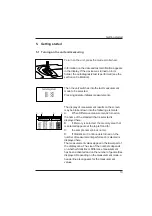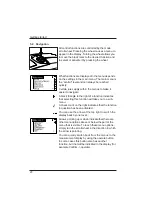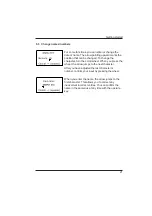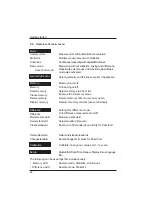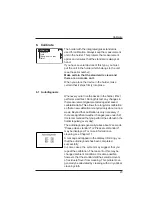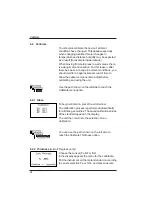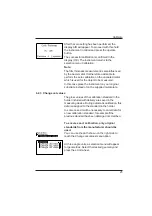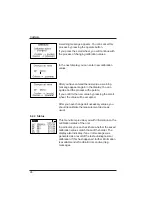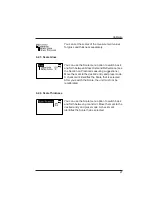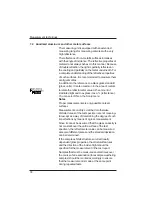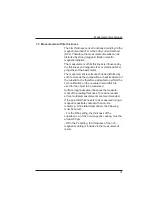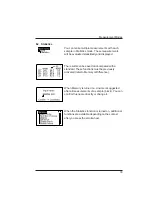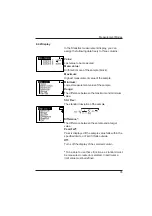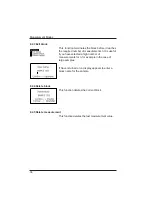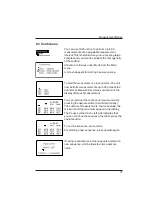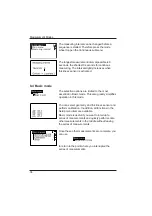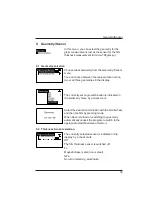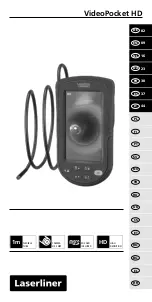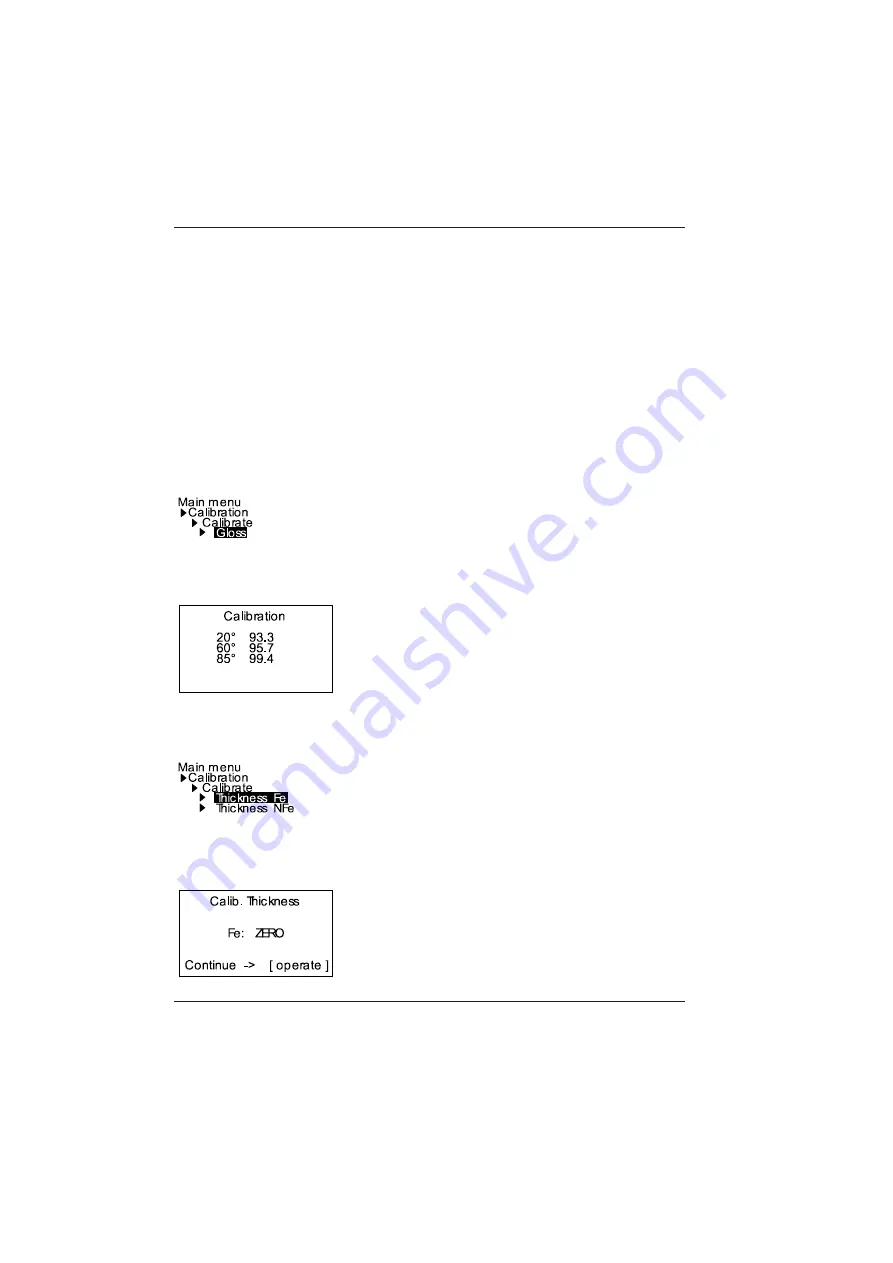
24
Calibrate
6.2 Calibrate
You should recalibrate the device if ambient
conditions have changed. This applies especially
when changing location if major changes in
temperature and relative humidity may be expected
as a result (for example inside/outside).
When moving from cold areas to warm areas, there
is a danger of condensation. For this reason, after
there has been a change in ambient conditions, you
should wait for an appropriate amount of time to
allow the optical components to adjust before
calibrating and using the unit.
Use the path shown on the left side to reach the
Calibrate menu option.
6.2.1 Gloss
To begin calibration, press the scroll wheel.
The calibration process is performed automatically
for all three geometries. The saved calibration values
of the standard appear in the display.
The unit then returns to the selection menu
Calibration.
You can use the path shown on the left side to
reach the Calibrate Thickness option.
6.2.2 Thickness
(micro-TRI-gloss
μ
only)
Choose the sensor (Fe, NFe) first.
In the display appears the menu for the calibration.
Put the instrument on the metal standard, according
to sensor selection Fe or NFe, and press operate.



